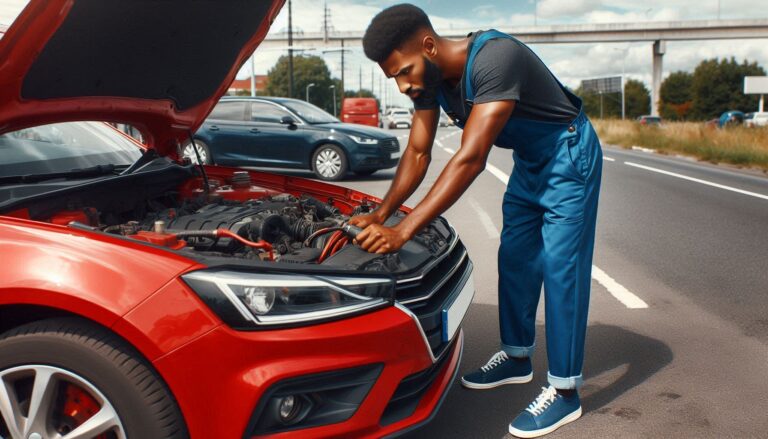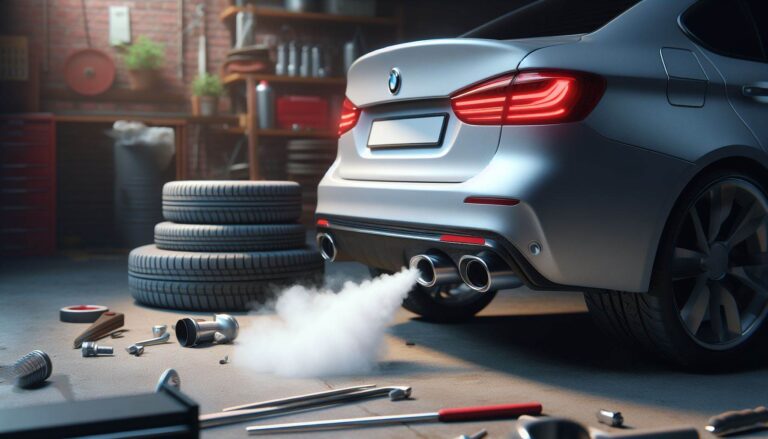How to Improve Fuel Efficiency in Older Cars

Improving fuel efficiency in older cars may seem challenging at first, but with the right approach, it’s entirely achievable. Whether you drive a classic model or an aging daily driver, small adjustments and proper maintenance can significantly reduce fuel consumption. In this guide, we’ll show you how to improve fuel efficiency in older cars with practical, actionable tips. Following these strategies will not only help you save on fuel but also extend the life of your vehicle.
1. Tune Your Engine to Improve Fuel Efficiency in Older Cars
First and foremost, routine engine maintenance is critical for keeping fuel economy high. Worn-out spark plugs, faulty oxygen sensors, or dirty air filters can lower fuel mileage by as much as 20%. Regular tune-ups, oil changes, and spark plug replacements ensure your engine performs optimally.
Tip: Always use manufacturer-recommended motor oil to reduce engine friction and improve overall efficiency.
2. Maintain Proper Tire Pressure to Improve Fuel Efficiency
Driving on under-inflated tires increases rolling resistance, forcing your engine to work harder and burn more fuel. In fact, keeping tires properly inflated can boost fuel economy by 3-4%.
Pro Tip: Check tire pressure once a month especially in winter when temperatures drop since cold weather causes tire pressure to decrease.
Learn more about Tire pressure here
3. Reduce Unnecessary Weight to Boost Fuel Economy in Older Cars
Older vehicles often accumulate extra weight from unused parts or stored items in the trunk. Carrying unnecessary weight reduces fuel efficiency because every additional 100 pounds can lower mileage by 1-2%. Lightening your vehicle is an easy way to improve fuel efficiency in older cars and boost overall performance.
4. Smooth Driving Improves Fuel Efficiency in Aging Vehicles
Adopting smooth driving habits is another key strategy. Rapid acceleration, hard braking, and sudden lane changes waste fuel. Instead, aim to drive gently and maintain a consistent speed.
Pro Tip: Use cruise control on highways to keep speed fluctuations to a minimum. Doing so improves fuel economy, especially in older cars.
For more information on fuel efficient driving click here
5. Use Air Conditioning Wisely to Improve Mileage in Older Cars
Air conditioning places extra load on the engine, especially in older cars with less efficient cooling systems. While it may seem convenient to blast the AC, excessive use can hurt your fuel economy. Therefore, use the air conditioner sparingly when driving at lower speeds. On highways, however, keeping windows closed and using the AC is more efficient, as open windows create aerodynamic drag.
6. Add Fuel Additives for Better Engine Performance
While fuel additives won’t perform miracles, they help keep your engine clean by removing deposits from injectors and improving combustion efficiency. This, in turn, can result in marginal improvements in fuel economy. For those looking for more ways on how to improve fuel efficiency in older cars, adding quality fuel cleaners periodically can make a difference.
7. Replace Air and Fuel Filters Regularly to Maintain Efficiency
Dirty air and fuel filters impair engine performance by restricting airflow and fuel delivery. Replacing these filters ensures your engine runs smoothly and uses fuel efficiently. As a result, maintaining these components helps improve mileage and prevents costly repairs down the road.
8. Minimize Idling to Save Fuel
Unlike modern cars with stop-start technology, older vehicles consume fuel unnecessarily when left idling. If you expect to be stopped for more than a minute, it’s more fuel-efficient to turn off the engine. This simple habit can save a surprising amount of fuel over time, especially for frequent drivers.
9. Low Rolling Resistance Tires Help Improve Fuel Economy in Older Cars
If your older vehicle needs new tires, consider investing in low-rolling-resistance tires. These tires reduce the energy required for rolling, improving fuel efficiency with minimal effort. Making this switch is an easy way to improve fuel efficiency in older cars while enhancing ride quality.
10. Keep Wheels Aligned to Maximize Fuel Efficiency
Misaligned wheels cause uneven tire wear and increase rolling resistance, resulting in wasted fuel. Regular wheel alignments ensure your car drives straight and doesn’t consume more fuel than necessary. Thus, keeping your wheels aligned is essential for both fuel savings and safety.
Conclusion: How to Improve Fuel Efficiency in Older Cars
Improving fuel efficiency in older cars doesn’t require expensive upgrades. Instead, small changes like regular maintenance, smooth driving habits, and reducing extra weight can make a big difference in mileage. Now that you know how to improve fuel efficiency in older cars, you can start applying these strategies to get the most out of every tank.
With consistent engine tune-ups, well-maintained tires, and thoughtful driving, even older vehicles can achieve impressive fuel economy. Moreover, these changes don’t just save money at the pump; they also reduce emissions, making your car more eco-friendly. So, if you’ve been wondering how to improve fuel efficiency in older cars, now is the time to take action. These simple steps will keep your car running efficiently, help you save money, and minimize your environmental impact.
Start implementing these tips today for a smoother, more fuel-efficient driving experience.
Related Post:
Maintaining your brakes is essential for overall performance and car efficiency. Learn how to change brake pads yourself without a mechanic with our simple step by step guide!






